20 Sweet Treasures: Traditional Portuguese Pastries Revealed
Portuguese pastries represent a delightful culinary art form that blends centuries-old techniques with passionate baking traditions.
Sweet memories of family gatherings often revolve around these delectable treats passed down through generations.
Crisp, golden exteriors and rich, creamy interiors tell stories of regional influences and cultural heritage.
Each pastry carries a unique personality, reflecting the craftsmanship of local bakers who transform simple ingredients into extraordinary delicacies.
Texture, flavor, and presentation combine to create edible masterpieces that tantalize taste buds and evoke nostalgic emotions.
Regional variations showcase the diversity of Portuguese baking, with techniques and ingredients varying from coastal towns to mountain villages.
Skilled artisans continue to preserve these time-honored recipes, ensuring traditional techniques remain vibrant and beloved.
Here are 20 traditional Portuguese pastries that will transport you to the heart of Portugal's culinary landscape:
Which Traditional Portuguese Pastries Are Unmissable?
Portugal’s pastry scene is all about golden crusts, rich egg custards, and a touch of cinnamon. Discover sweets that have stood the test of time and charmed generations.
Pastel De Belem
Pastel de Belem are legendary Portuguese egg custard tarts originating from Lisbon's Jeronimos monastery in 1837.
Monks first crafted these delicate pastries using a secret recipe combining milk, eggs, sugar, lemon, and cinnamon within a crisp, flaky shell.
Strict authenticity means only tarts from Fabrica Pasteis de Belem earn the official "pastel de Belem" name, while similar versions are called pastel de nata.
Crispy exterior and silky smooth custard create an irresistible contrast that melts in you mouth.
Served hot or cold, these tarts gained international recognition when The Guardian named them among the world's 50 best foods in 2009.
Portuguese bakeries across Lisbon carefully guard their preparation techniques.
Pastel De Nata
Pastel de nata are Portuguese egg custard tarts with a crispy, flaky pastry shell and silky smooth egg custard filling that originated in Lisbon's Santa Maria de Belem monastery before the 18th century.
Monks created these treats using leftover egg yolks from wine clarification and fabric starching processes, later partnering with a local bakery to sell them commercially.
Portuguese bakers recommend serving the tarts warm and sprinkled with cinnamon, perfectly complemented by a hot coffee.
Authentic pastel de nata should have a balanced flavor profile without strong lemon or vanilla notes.
Visitors to Portugal consider these tarts a must-try national delicacy.
Bakeries across Lisbon specialize in crafting these iconic pastries with generations of traditional techniques.
Each tart features a caramelized top and delicate custard interior that melts in your mouth.
Global popularity has transformed these humble monastery treats into an internationally recognized Portuguese culinary symbol.
Bola De Berlim
Bola de Berlim are Portuguese sugar-coated donuts beloved for their signature custard filling and beach-side popularity.
Portuguese beach vendors sell these fluffy pastries along coastal regions, making them a summer snack staple.
Donuts feature a soft exterior generously rolled in granulated sugar before being sliced and stuffed with rich egg-based custard.
Creamy interiors contrast beautifully with the light, airy dough surrounding the sweet filling.
Beachgoers eagerly purchase these treats while relaxing under the warm sun.
Bolas de Berlim can be ordered with or without cream, providing flexibility for different taste preferences.
Originating from Portuguese culinary traditions, these donuts represent a simple yet delicious street food.
Malasadas
Malasadas are golden-brown Portuguese doughnuts beloved for their crispy exterior and soft, pillowy interior.
Portuguese laborers from the Azores introduced these sugar-coated treats to Hawaii during 19th-century plantation work.
Traditional versions originated as a pre-Lent recipe to consume excess sugar and lard before religious fasting.
Yeast-leavened dough creates their signature fluffy texture, made from simple ingredients like eggs, flour, sugar, and milk.
Hawaiian adaptations often include creative fillings and toppings, expanding on the original Portuguese recipe.
Sweet granulated or cinnamon sugar typically coats the exterior, adding extra flavor and crunch.
Immigrants brought these rich, comforting pastries as a delicious reminder of their homeland.
Malasadas remain a popular island dessert, symbolizing cultural culinary exchange.
Travesseiros
Travesseiros are flaky Portuguese pastries bursting with almond-egg yolk cream that originated in Sintra's famous Piriquita bakery during the 1940s.
Crisp puff pastry encases a rich, smooth filling of ground almonds and golden egg yolks.
Sintra's signature dessert gets its name from its pillow-like shape and delicate appearance.
Bakers carefully craft each pastry to maintain the original secret recipe from decades ago.
You can find these sweet treats exclusively at Piriquita, where they were first created.
Powdered sugar adds a final elegant touch to the pastries.
The combination of light, crispy pastry and creamy filling makes travesseiros irresistible.
These pastries represent Portuguese culinary tradition in every delicate bite.
Pastel De Tentugal
Pastel de Tentugal are delicate Portuguese pastries originating from the 16th century, crafted by Carmelite nuns with remarkable skill in creating paper-thin dough so translucent it could reveal biblical text.
Monks and nuns developed this specialty in specialized rooms draped with white sheets, carefully stretching egg custard (doce de ovos) into impossibly delicate pastry layers.
Portuguese bakeries carefully wrap the rich egg custard inside gossamer-thin dough, transforming simple ingredients into a crispy golden treat.
These iconic pastries require extraordinary technique to achieve their signature fragile texture.
Monks first created these sweets in Tentugal, a small Portuguese town known for culinary precision.
Each pastry demands meticulous preparation and expert handling.
Religious traditions deeply influenced the pastry's complex development.
Historical records confirm these pastries as one of seven celebrated Portuguese culinary treasures.
Pampilho
Pampilhos are traditional Portuguese pastries featuring a distinctive round, elongated shape with a rich, cinnamon-infused egg yolk filling nestled inside buttery, flaky pastry.
Portuguese cattle herders called campinos inspired the pastry's name through their long wooden sticks used to guide cattle.
Originating in Santarem, these sweet treats have spread across Portugal's regions as a beloved breakfast or afternoon snack.
Portuguese bakers carefully craft each pampilho by hand, ensuring a delicate balance of textures and flavors.
Regional bakeries take pride in maintaining the authentic recipe passed down through generations.
Warm cinnamon and creamy egg yolk create a comforting combination that melts in you mouth.
Soft pastry provides a perfect contrast to the smooth, spiced interior.
Small bakeries throughout central Portugal continue to produce these traditional pastries with meticulous attention to detail.
Queijada
Queijadas are traditional Portuguese pastries originating from Sintra that showcase the region's dairy-rich heritage through their unique cheese-based composition.
Medieval Portuguese used these small pies as currency, leveraging Sintra's abundant pastures and fresh cheese production.
Bakers craft queijadas with a precise blend of cheese, eggs, milk, flour, and sugar, resulting in a distinctively fluffy crust that crumbles delicately when eaten.
Bakeries across Portugal sell these sweet treats, which now come in multiple flavor variations like orange and coconut.
Sintra remains the birthplace of this historic pastry, symbolizing centuries of culinary innovation.
Bolinhos De Chuva
Bolinhos de chuva are sweet Brazilian fritters beloved for their crispy golden exterior and soft, pillowy interior.
Portuguese immigrants introduced these delightful snacks that resemble small, round doughnuts perfect for rainy day gatherings.
Simple ingredients like eggs, wheat flour, sugar, milk, baking powder, and salt create their signature texture.
Families traditionally prepare the dough by mixing ingredients and forming small balls quickly fried in vegetable oil.
Street vendors and home kitchens across Brazil serve these treats as popular street food and comforting snack.
Generous dusting of powdered sugar and cinnamon adds a sweet finishing touch to each bite.
Rain storms inspired their playful name, connecting the fritters to cozy moments of shared cooking.
Brazilian families continue to enjoy bolinhos de chuva as a nostalgic comfort food passed through generations.
Pastel De Chaves
Pastel de Chaves are iconic Portuguese pastries with a distinctive clam-shaped puff pastry shell filled with seasoned minced veal, bread, and onions.
Originating in 1862, these savory treats were first created by Teresa Feliz Barreira in Chaves, Portugal.
Her original recipe remained secret for 75 years before other local bakeries began producing similar pastries.
Chaves city officially protected the pastel's authenticity, ensuring only bakeries in this region could manufacture the genuine product.
Teresa's establishment, Casa do Antigo Pasteleiro, became the first official seller of these unique pastries.
Legend celebrates her as the pioneering creator of this beloved regional specialty.
Traditional preparation methods have been carefully preserved through generations.
Portuguese culinary heritage continues to cherish this beloved regional delicacy.
Jesuitas
Jesuitas are iconic Portuguese triangle-shaped pastries originating from monastic kitchens with distinctive layered puff pastry design.
Portuguese nuns crafted these sweet treats using delicate layers of crisp pastry generously coated in rich egg custard.
Meringue crowns each pastry, adding a sweet and elegant finishing touch.
Religious orders first developed these pastries in traditional Portuguese convents during medieval times.
Portuguese bakeries now widely produce jesuitas as popular regional desserts.
Sugar-dusted meringue creates a crisp exterior that contrasts beautifully with soft pastry layers.
Bakers carefully construct each triangular pastry to ensure perfect texture and balance.
Pastel De Santa Clara
Pastel de Santa Clara are delicate Portuguese pastries originating from Coimbra's Santa Clara convent, featuring a thin crispy shell encasing a rich almond and egg yolk filling.
Crafted by nuns in the 19th century, these sweet treats quickly gained popularity among local university students.
Portuguese migrants later introduced the pastries to Brazil, where they became a beloved dessert.
Rectangular or circular in shape, each pastel offers a delightful contrast between its crackly exterior and smooth, sweet interior.
Religious communities first developed these pastries as a creative way to use surplus egg yolks.
Traditional recipes maintain the original technique of carefully layering delicate dough and preparing the signature almond cream.
Handmade preparation remains essential to preserving their authentic texture and flavor.
Regional bakeries continue to honor the original recipe, ensuring these historic pastries remain a cherished Portuguese culinary tradition.
Filhos
Filhos are classic Portuguese pastries bursting with golden-crisp textures and sweet delicate flavors.
Deep-fried dough transforms into light, puffy treats that captivate taste buds across Portugal's regions.
Bakers carefully mix flour, eggs, and yeast to create soft, elastic dough.
Gentle stretching and careful folding prepare the dough for hot oil immersion.
Each region adds its signature touch, making filhos more than just a simple fried pastry.
Traditionally served during winter festivals and family gatherings, these treats connect generations through shared culinary memories.
Powdered sugar often dusts the crispy surface, adding a final touch of sweetness to this beloved Portuguese snack.
Tortas De Guimaraes
Tortas de Guimaraes are elegant Portuguese pastries originating from Guimaraes that showcase a delicate crescent shape with a rich culinary heritage.
Bakers craft these treats using thin, flaky dough carefully filled with a luxurious blend of sugar, egg yolks, ground almonds, and chila squash.
Crisp and glossy after a brief syrup bath, these pastries deliver an exquisite balance of textures and sweet flavors.
Almonds provide a nutty undertone that complements the egg yolk's creamy richness.
Chila squash adds subtle complexity to the traditional recipe.
Portuguese bakeries often prepare these pastries during special celebrations and regional festivals.
Small bakeries in northern Portugal continue to maintain this cherished regional specialty with pride and precision.
Cavacas
Cavacas are delicate Portuguese pastries featuring hollow, puffy shells created through a unique baking process using minimal ingredients like flour, oil, and eggs.
Portuguese bakers carefully craft these treats in individual molds, producing light and airy shells with crisp exteriors and soft interiors.
Sugar glaze covers each pastry, sometimes enhanced with subtle lemon zest for added brightness.
Home kitchens and bakeries across Portugal prepare cavacas as traditional sweet snacks enjoyed during gatherings and celebrations.
Small molds ensure uniform shape and consistent texture in every batch.
Careful mixing and precise baking temperatures guarantee the signature puffed appearance that makes cavacas distinctive.
Tibias De Braga
Tibias de Braga are iconic Portuguese bone-shaped pastries originating from Braga, featuring a distinctive curved shape mimicking a human tibia.
Sweet cream fills the crisp, sugar-dusted pastry shell, creating a delicate balance of textures and flavors.
Portuguese bakers craft these treats with traditional techniques passed through generations.
Bakeries in Braga proudly display these signature sweets in their display cases.
Sugar crystals add a delightful crunch to the exterior of the pastry.
Rich cream filling provides a smooth contrast to the crisp pastry shell.
Locals and tourists seek out these unique desserts as a special regional delicacy.
Portuguese pastry traditions shine through in this elegant and simple sweet treat.
Bolos De Sao Goncalo
Bolos de Sao Goncalo are provocative Portuguese pastry cakes with distinctive phallic shapes that symbolize fertility and celebrate Saint Goncalo in Amarante.
These unusual street-sold treats emerge during annual festivals on January 10 and the first June weekend, drawing curious crowds to local vendors.
Street cart merchants offer the unique cakes in various sizes, often dusted with powdered sugar or filled with sweet cream.
Regional bakers craft these unconventional pastries without a standardized recipe, creating individual interpretations of the traditional design.
Historical roots suggest potential connections to ancient pagan fertility rituals, though definitive proof remains elusive.
Festival attendees eagerly purchase these symbolic cakes as part of cultural celebrations.
Religious and folkloric traditions converge in this distinctive culinary practice.
Amarante's distinctive pastry continues to intrigue locals and visitors with its bold, unorthodox form.
Frigideiras
Frigideiras are crispy Portuguese pastries bursting with seasoned minced meat that originated in Porto during the late 18th century.
Portuguese bakers crafted these savory treats using a delicate, flaky dough filled with a rich blend of pork and beef.
Spices and onions enhance the meat's robust flavor, creating a delicious handheld meal.
Traditional preparation involves frying the pastries in a pan, which inspired their unique name.
Porto's famous restaurant "Frigideiras do Cantinho" first introduced these pastries in 1796.
Restaurants and bakeries continue to serve these iconic pastries, maintaining their culinary heritage.
Azevia
Azevias are traditional Portuguese fried pastries from Alentejo, prized for their crispy half-moon shape and sweet fillings bursting with regional flavor.
Religious convents originally crafted these delicate treats using simple ingredients like flour, eggs, lard, and olive oil.
Cinnamon and sugar coating provides a classic finish to the golden-brown pastry.
Chickpeas, sweet potatoes, and doce de gila serve as popular filling options, with almonds occasionally adding extra texture and depth.
Skilled bakers carefully knead the dough until elastic, then roll, fill, and fold each pastry into its signature crescent shape.
Frying transforms the dough into a crisp exterior while maintaining a soft interior.
Christmas and Carnival celebrations now highlight these pastries, though their monastic origins date back centuries.
Portuguese families continue to cherish this traditional dessert as a connection to their culinary heritage.
Viuvas
Viuvas are traditional Portuguese pastries originating in Braga with a rich monastic heritage from the Franciscan convent dos Remedios.
Delicate pastry shells cradle a luxurious filling crafted from egg yolks, sugar, and ground almonds.
Centuries of baking technique have refined these small sweets into a beloved regional dessert.
Franciscan nuns first created these pastries as a way to use surplus egg yolks from their convent kitchens.
Portuguese bakers continue to honor the original recipe, maintaining its authentic preparation methods.
Regional bakeries in northern Portugal still produce viuvas using traditional techniques passed down through generations.
Sweet and nutty, these pastries offer a glimpse into Portugal's culinary history.
Each bite connects you to the centuries-old monastic baking traditions of Braga.
Why Are Egg Yolks Used So Heavily in Portuguese Pastries?
Egg yolks are a cornerstone of Portuguese pastry-making, deeply rooted in the country’s culinary history and traditions.
The heavy use of egg yolks originates from the 16th century, particularly linked to convents and monasteries where egg whites were commonly used for clarifying wines and starching clothes, leaving a surplus of yolks.
Resourceful nuns and monks began incorporating these yolks into sweets and pastries, giving rise to the rich, creamy textures and vibrant golden colors characteristic of Portuguese desserts.
Egg yolks contribute:
This tradition lives on in iconic Portuguese treats like pastéis de nata (custard tarts), where egg yolks define their unique flavor and texture, making them beloved worldwide.

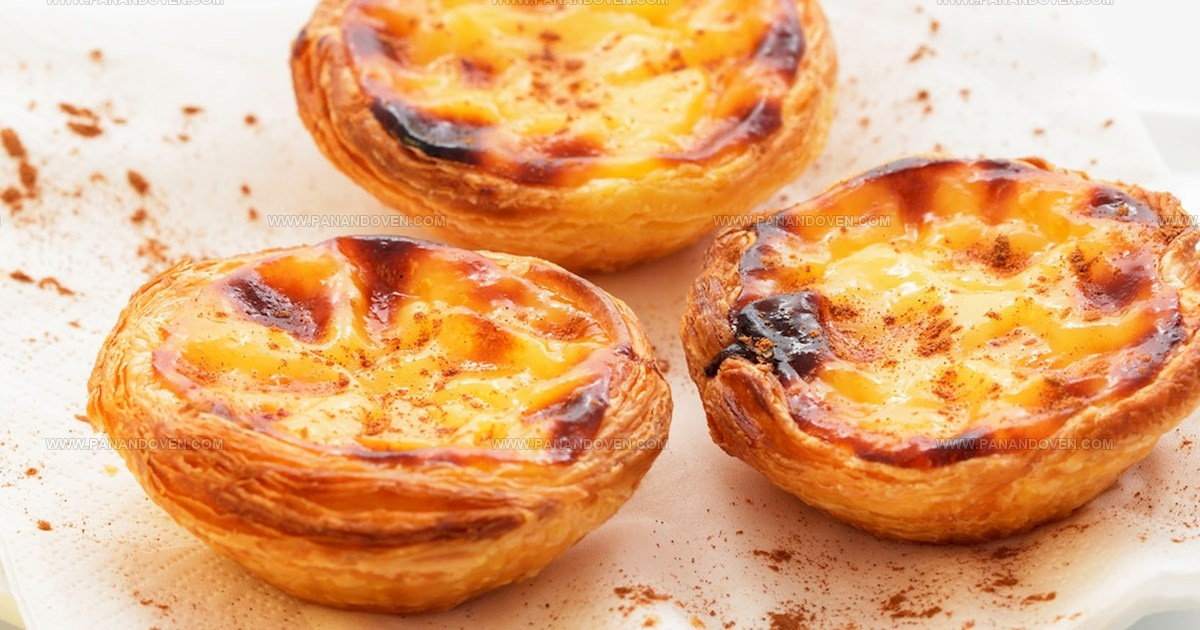
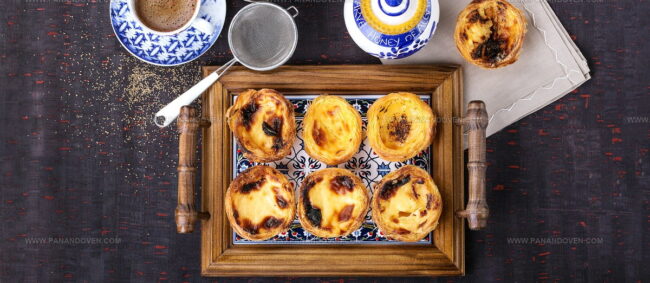
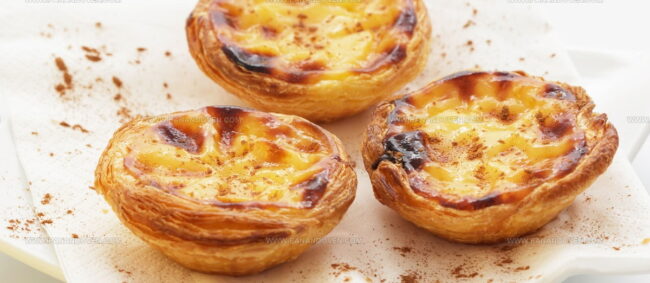


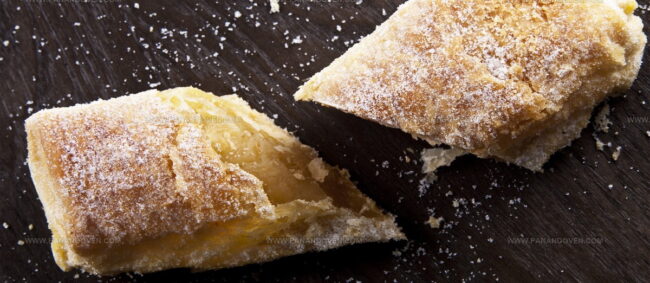
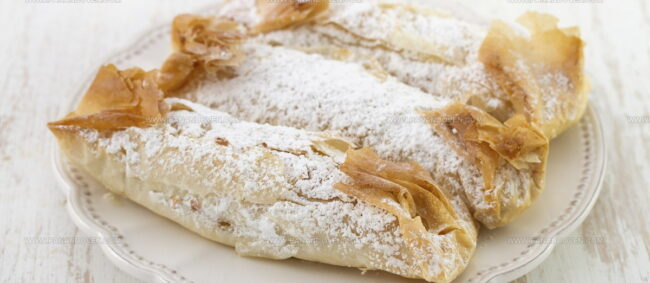
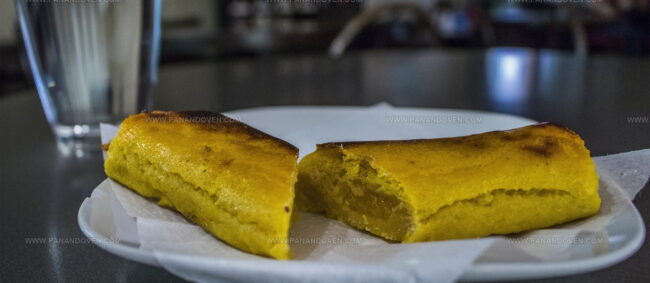
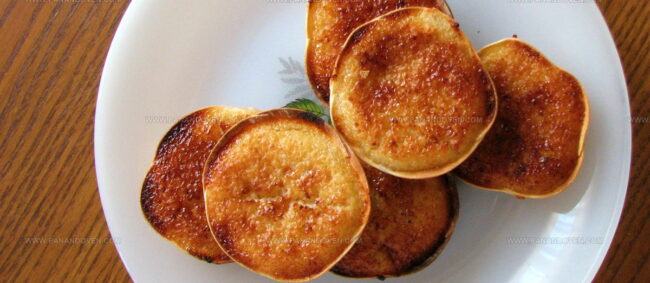
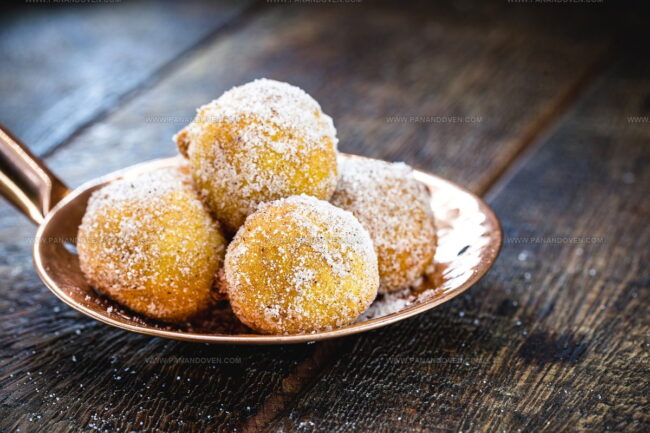
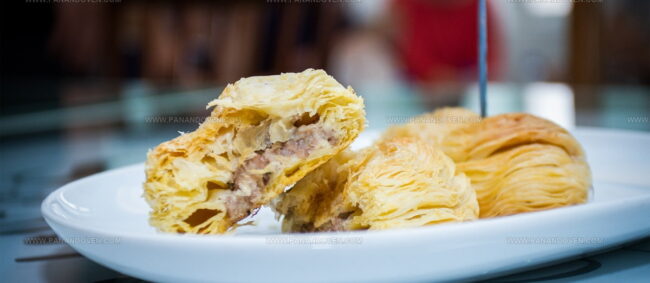
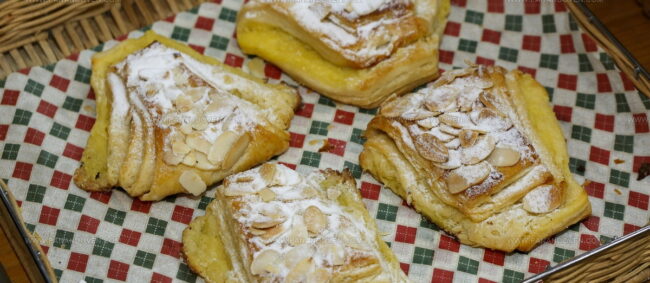
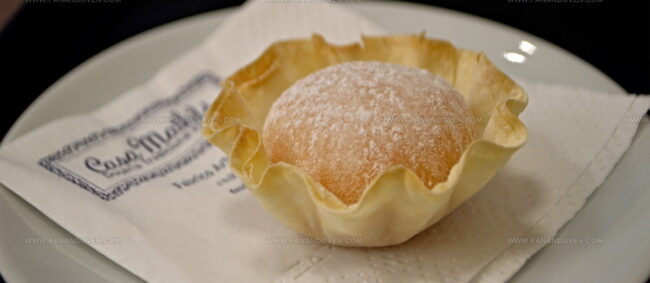
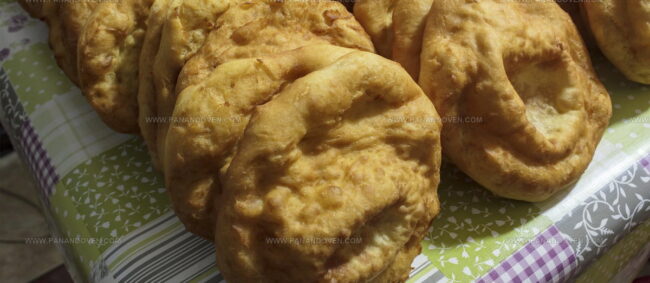
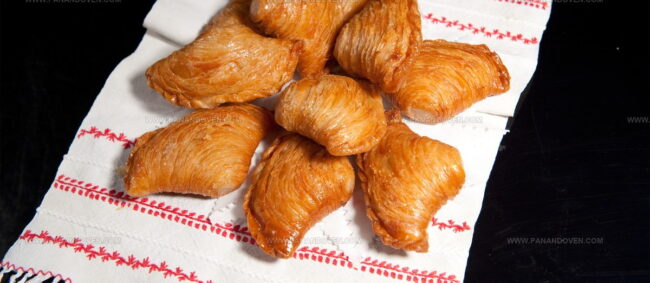
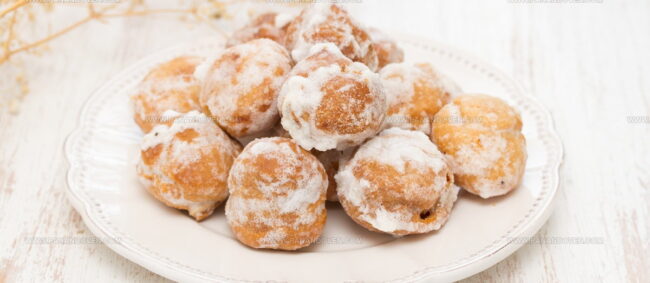
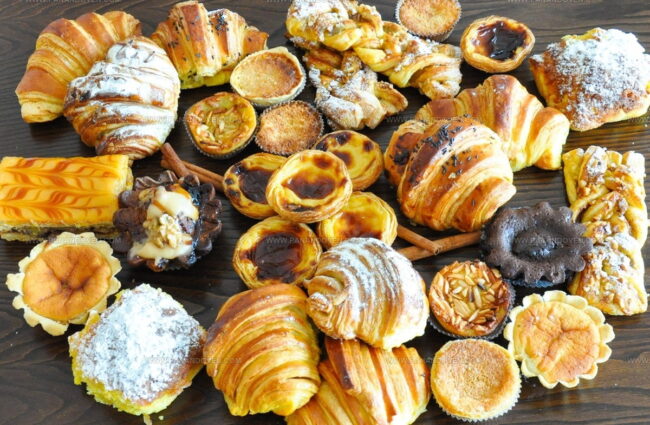
Clara Thompson
Recipe Developer & Food Educator
Expertise
Plant-based and vegetarian recipe development, Nutritional analysis and meal planning, Culinary education and workshop facilitation, Content writing with a focus on healthy living
Education
Diploma in Culinary Arts, Mt. San Jacinto College, CA
Focus: Comprehensive culinary training with an emphasis on sustainable cooking practices.
Certificate in Nutrition and Healthy Living, Cornell University (Online Program)
Focus: Understanding the principles of nutrition to create balanced and health-conscious recipes.
Clara lives where fresh ideas and fresh ingredients meet. She pairs her culinary know-how with her passion for healthy, planet-friendly cooking.
For Clara, good food should taste great, nourish your body, and feel easy to make. Her recipes highlight whole foods, colorful produce, and a deep respect for seasonal eating.